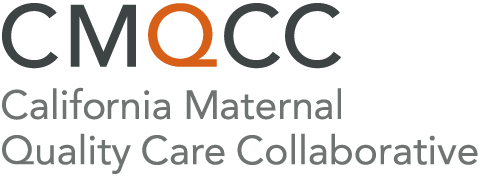This is one of the easiest to use, comprehensive quality improvement tools I have ever seen.
—David Lagrew MD, Executive Director Women’s Services, St. Joseph HOAG Health
I absolutely love the richness of this data that we can take to our medical staff and administrative teams to see how well we are doing and where we need to focus on our quality improvement.
—Kristi Gabel, Perinatal CNS, Sutter Roseville Medical Center
The MDC has helped us improve our 39 week elective deliveries. We went from 22% to 5% by getting accurate data and this team helped us to keep focused. The MDC team is excellent. They are quick to answer your questions is a way you can understand. They have a positive, knowledgeable and action oriented team. I am so happy to be part of this.
—Debbie Groth, Director, Maternal and Child Health, El Camino Hospital, Mountain View
We are loving the MDC! It has truly expanded our quality reporting and ongoing analysis.
—Cynthia Fahey, MSN, RN, Clinical Quality Coordinator, Community Memorial Hospital, Ventura
